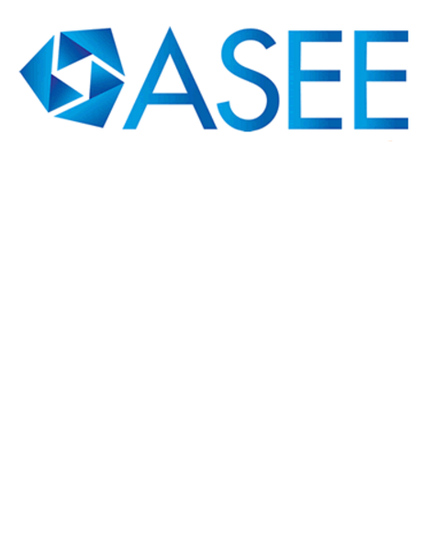
Published research has provided a robust set of documented tools and techniques for transforming individual engineering courses in ways that use evidence-based instructional practices. Many engineering faculty are already aware of these practices and would like to use them. However, they still face significant implementation barriers. The E2R2P effort addresses the question: How can successes in engineering education research translate into widespread instructional practice?
This poster session will describe hard-won lessons the E2R2P team has learned as it begins its third year attempting such curricular change.
Lesson 1: “Wonder workshops” and visible course redesigns don’t produce curricular change.
Lesson 2: Focus on the larger engineering education system, rather than its isolated parts.
Lesson 3: Insurmountable time barriers prevent faculty from adopting RBIS.
Lesson 4: Universities, industry, and other stakeholders working in isolation can't do much more to help engineering faculty address these problems.
Lesson 5: Changing the curriculum requires a larger community of shared concern and practice.
Lesson 6: Bring in partners and expertise in cross-boundary, multidisciplinary way.
Lesson 7: Work together to address a shared concern: Decreasing ramp up time to competent workplace performance.
Lesson 8: Make the effort to grow the contact network to address this opportunity.
Lesson 9: Use a common engineering model to create a venue for collaborative problem identification and root cause analysis.
Lesson 10: Talk about what fresh out engineers are doing on the job, along with its monetary and nonmonetary consequences.
Lesson 11: Collaborate on interpreting the problem identification and root cause analysis data.
Lesson 12: Work together to specify corrective actions that remove barriers to RBIS adoption.
© (2013), American Society for Engineering Education, Proceedings of ASEE Annual Conference, Atlanta, Georgia. https://peer.asee.org/22551
Available at: http://works.bepress.com/steven_villachica/22/
